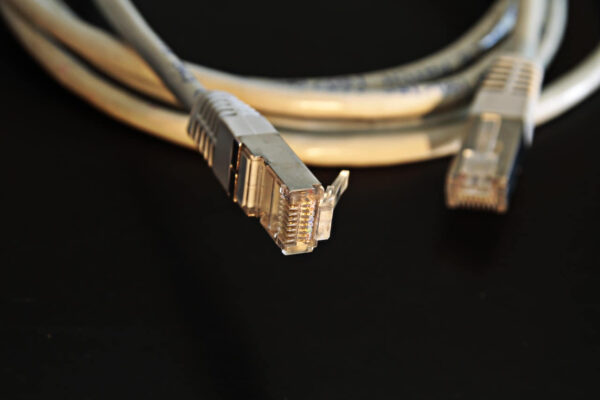✅ Last checked on
In the realm of network design, the Ring Topology stands as a unique and intriguing configuration. Unlike the more common star or bus topologies, a ring topology interconnects devices in a circular fashion, offering its own set of advantages and challenges.
This article dives deep into the Ring Topology Overview: Exploring the Circular Network Design, shedding light on its characteristics, applications, and implications for modern network architecture.
Ring Topology Explained:

At its core, the Ring Topology forms a circular loop where each device is connected to exactly two others, creating a pathway for data to circulate. Imagine a chain of interconnected devices, with data traveling from one device to the next until it reaches its destination.
This structure ensures a defined pathway for data transmission, minimizing collisions and optimizing the flow of information.
How It Works:
In a ring topology, devices are connected in a unidirectional manner, forming a continuous loop. When a device sends data, it travels along the loop until it reaches the intended recipient. Each device examines the data as it passes by and forwards it if necessary. This seamless flow of information ensures efficient communication within the network.
Advantages of Ring Topology:
- Data Integrity: The unidirectional flow of data minimizes collisions, leading to improved data integrity and reduced data loss.
- Predictable Performance: With a fixed path for data transmission, ring topology offers predictable and consistent performance.
- Scalability: Adding new devices to the network is relatively simple, as connecting a new device requires only two connections.
- Low Network Traffic: Since data travels in one direction, the network experiences lower traffic and reduced congestion.
Challenges of Ring Topology:
- Single Point of Failure: If any device or connection in the ring fails, the entire network can be disrupted.
- Limited Cable Length: The overall cable length in the ring is limited, potentially restricting the size of the network.
- Complex Maintenance: Troubleshooting and identifying faults can be complex due to the circular nature of the topology.
Real-world Applications:
Ring topology finds its application in various scenarios, each capitalizing on its unique characteristics:
Manufacturing Environments:
In manufacturing plants, devices such as sensors, controllers, and automated machinery need to communicate seamlessly. Ring topology ensures reliable and quick data exchange, enhancing the efficiency and responsiveness of the manufacturing process.
Telecommunications Networks:
Some telecommunications providers employ ring topology in their fiber-optic networks. This setup ensures that even if a segment of the network is disrupted, communication can still be maintained through an alternate route.
Local Area Networks (LANs):
Small to medium-sized LANs can benefit from ring topology’s predictable performance and efficient data flow. However, careful planning is necessary to mitigate the risks associated with potential network failures.
Transportation Systems:
In transportation networks, such as railways or traffic control systems, real-time data sharing is crucial. Ring topology can facilitate the rapid exchange of information among different devices, contributing to the safety and efficiency of the system.
Ring Topology in Modern Networking:
As technology evolves, network architectures have become more diverse and complex. Ring topology, though not as prevalent as star or mesh configurations, still has a role to play.
With advancements in network redundancy and fault tolerance mechanisms, the single point of failure concern has been addressed to some extent. Additionally, the emergence of hybrid topologies, combining the strengths of different configurations, allows for customized solutions that suit specific organizational needs.
FAQs:
Can a ring topology be implemented without any failures?
While it’s possible to implement a ring topology with redundancy measures, complete elimination of failures is challenging due to the inherent circular nature of the design.
What happens if a device in the ring fails?
If a device fails, it can disrupt the entire network. However, modern technologies like Automatic Repeat reQuest (ARQ) protocols can help mitigate such disruptions.
Is ring topology faster than other topologies?
Ring topology’s speed isn’t necessarily faster than other topologies. Its advantage lies in its predictability and efficient data flow.
Can a ring topology be combined with other topologies?
Yes, hybrid topologies can be created by combining ring topology with other designs, providing a balance between performance and fault tolerance.
What is the maximum number of devices in a ring topology?
The maximum number of devices is determined by factors like cable length, signal strength, and the need for timely data transmission. It’s important to plan carefully to avoid performance degradation.
Are there software solutions to manage ring topology networks?
Yes, there are network management software and protocols that can help monitor and troubleshoot ring topology networks efficiently.
Conclusion:
Ring topology, with its circular network design, offers a distinctive approach to data communication. While it may not be the most widespread topology, it has found its niche in various industries where efficient and predictable data flow is paramount. As technology continues to advance, ring topology remains an intriguing piece of the larger puzzle in the world of networking.